Ngorongoro conservation area
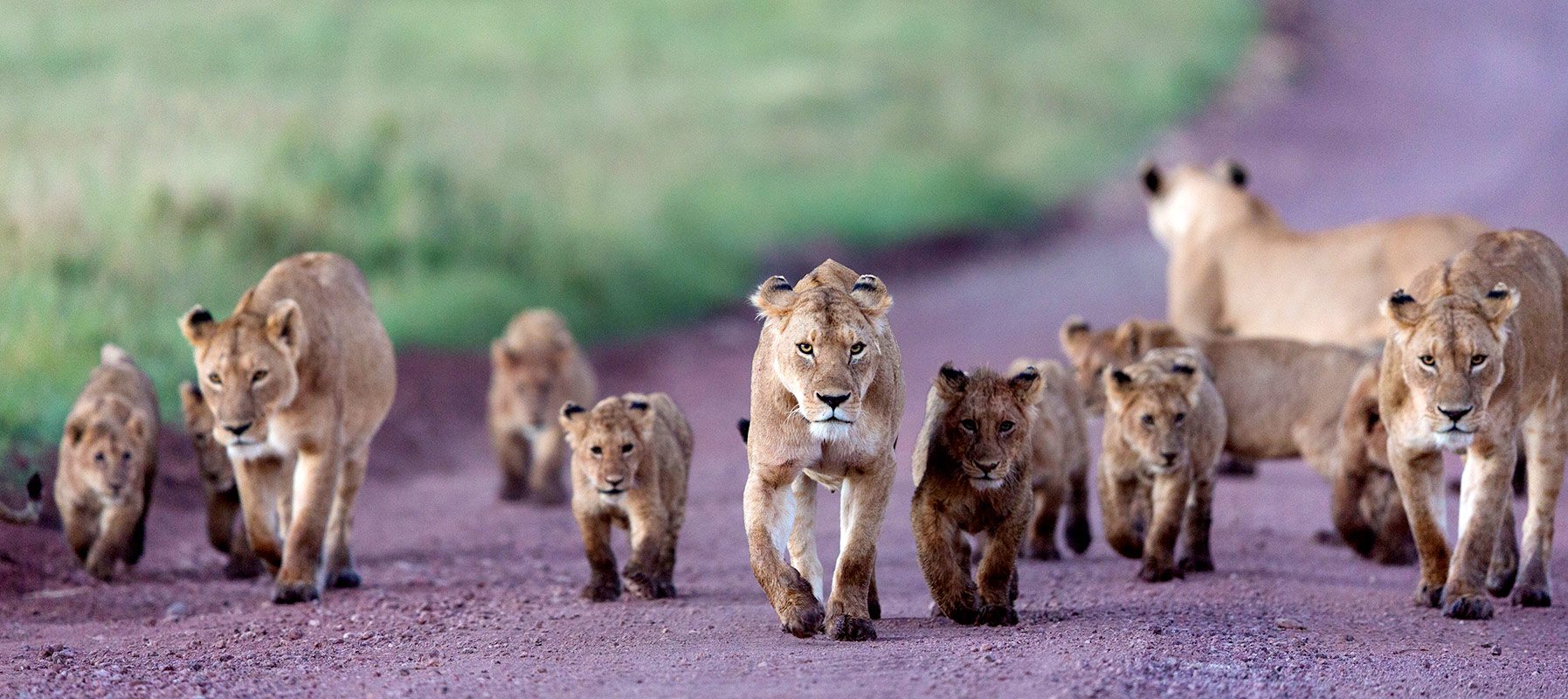
Ngorongoro conservation area is one of the world’s wonders and a UNESCO World Heritage Site located in northern region of Tanzania, this conservation area lies in the Tanzania’s northern safari circuit and in a distance of about of 153 kilometers west of Arusha town a great tourism center in Tanzania. Ngorongoro conservation area is a unique Tanzania safari destination and a part of the great Serengeti ecosystem with Ndutu region acting as the confluence of this conservation area and the southern region of Serengeti national park, the area of Ngorongoro conservation area adjoins the Serengeti national park. Ngorongoro conservation area lies in a distance of 50 kilometers from Lake Manyara national park, 139 kilometers from Tarangire national park and 213 kilometers from Arusha national park.

Ngorongoro conservation area is a unique destination with Ngorongoro crater as the main feature of the area, Ngorongoro crater is the world’s largest unbroken volcanic caldera comprises of 2,000 feet of depth and 260 square kilometers of width. Ngorongoro crater was formed as a result of volcanic explosion and after its formation it collapsed in about 2-3 million years ago. Because of the uniqueness of Ngorongoro crater, it was recognized as a world Heritage site of global importance in 1979. Apart of the Ngorongoro crater, there are other beautiful features in Ngorongoro conservation area which are other highlights of Tanzania safaris in this conservation area. These features include the Oldupai or Olduvai Gorge famously known as the cradle of man, Olduvai Gorge is a mystical archaeological site hosting the remaining evidence of the first human evolution on earth and these remains were discovered in 1950s by paleoanthropologists Louis Leakey and his Mary Leaky. Other archeological wonders found in Ngorongoro conservation area include Laetoli footprints, Nasera rock and Olduvai Gorge Museum.
Ngorongoro conservation area stretches across the area of 8,292 square kilometers with a landscape comprises of numerous physical features such as lakes, craters, swamps and many more. Physical features in Ngorongoro conservation area include Ngorongoro crater, Empakaai crater, Olmoti crater, Lake Magadi, central plains, Lerai forest, Rumbe hills, Munge stream, Mandusi swamp, Gorigor swamp, Ngoitokitok springs, Gol mountains, Mount Lolmalasin and Losirua, Lake Ndutu, Lake Maseke, Olkarien gorge, and the shifting sands. The central plains of Ngorongoro conservation area are dominated by grasslands inside the crater, the central plains support lives of various wildlife species and they are excellent site for Tanzania game viewing safaris in Ngorongoro conservation area.
Ngorongoro conservation area is one of the great habitat for a huge concentration of wildlife species in Tanzania, one of the reasons to why it is listed among the best destinations for Tanzania wildlife tours. Ngorongoro conservation area mainly Ngorongoro crater is a home to over 25000 large mammals, Ngorongoro crater is dominated by grass plains west of Gol Mountains, northeast of Ngorongoro crater and the surroundings of Lake Ndutu which is close to the border of Serengeti national park. Animals found in the Ngorongoro crater include predators such as lions, spotted hyenas, cheetahs, leopards, black-backed jackals, golden backed jackals, waterbucks, Bohor reedbucks, elands, warthogs, hartebeests, wildebeests, serval cats, elephants, black rhinos, zebras and many more.
Ngorongoro conservation area is an excellent Tanzania birding safari destination hosting over 550 bird species including resident and migratory bird species, birds in Ngorongoro conservation area include thousands of lesser flamingoes habiting Lake Magadi a salt lake found on the floor of the crater, hornbill, turaco, goshawk, harrier, ostriches, kori bustards, crowned cranes, secretary birds, African spoonbill, capped wheatear, eastern double-collared sunbird, Egyptian vulture, fan tailed widow bird, fan-tailed widow bird, hartlaub’s turaco, red and yellow barbet, scarlet-chested sunbird, white eyed salty flycatcher and many more. Birds in Ngorongoro conservation area inhabit mostly around Lake Ndutu, Empakaai crater lake and many savannah grasslands.
Safari activities to do in Ngorongoro conservation area
Game viewing
Ngorongoro conservation area is a very rewarding destination for Tanzania game viewing safaris offering excellent sights of game activity, game viewing in Ngorongoro conservation area is done a 4X4 wheel vehicle and start after descending down through the lush forests to the crater floor. Game viewing is offered in sessions that are morning game drive, full day game drive and night game drive, morning game drive is best for watching game activity as big cats like lions, leopards hunting for prey and night game drive is great for sights of predators such as lions, leopards, wild dogs with a use of a spot light.
From the widows of your vehicle on a game drive viewing look out for sights of animals such as lions, spotted hyenas, cheetahs, leopards, black-backed jackals, golden backed jackals, waterbucks, Bohor reedbucks, elands, warthogs, hartebeests, wildebeests, serval cats, elephants, black rhinos.
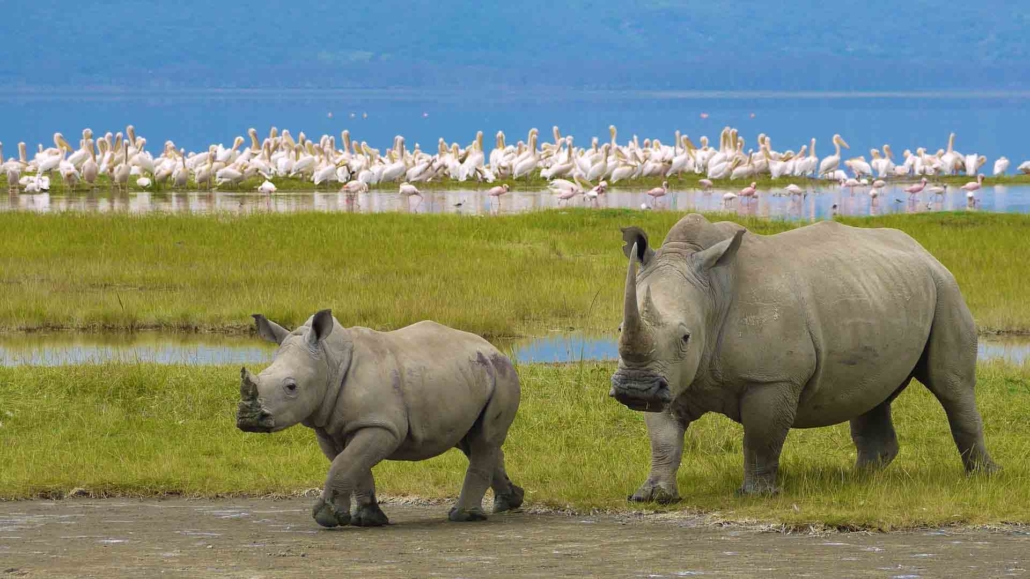
Bird watching
Ngorongoro conservation area is a birding paradise and a must visit destination for a Tanzania birding safari, this area boosts over 550 bird species with resident and migratory species habiting in the forest crayons, grassland plains, lakes such as Lake Magadi and Marshes. A variety of bird species such as hornbill, turaco, goshawk, harrier, ostriches, Kori bustards, crowned cranes, secretary birds, African spoonbill, capped wheatear, eastern double-collared sunbird, Egyptian vulture, fan tailed widow bird, fan-tailed widow bird, Hartlaub’s turaco, red and yellow barbet, scarlet-chested sunbird, white eyed salty flycatcher and many more are spotted on a birding safari in Ngorongoro conservation area. The highlight of bird watching in Ngorongoro conservation area is spotting lesser flamingoes and other water birds on Lake Magadi a salt lake on the floor of the crater.
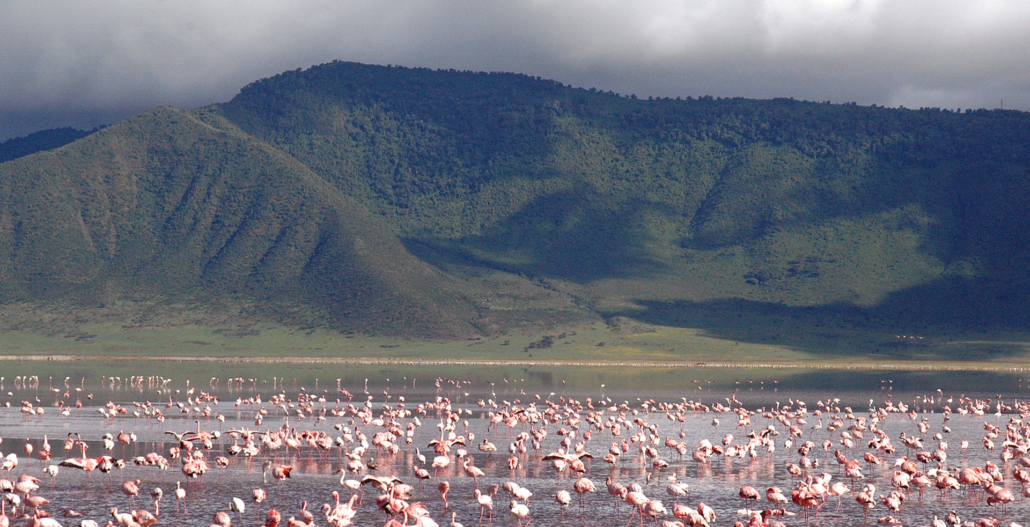
Walking safaris
Ngorongoro conservation area is a very adventurous and rewarding destination perfect for Tanzania walking safaris, walking safaris in Ngorongoro conservation area is an excellent experience to enjoy the various tourist attractions by foot with a safari guide. Various sessions of walking safaris are offered in Ngorongoro conservation area such as short walks, crater rim walks, hike to the Empakaai crater, climb the flanks of the Olmoti volcano and walk along Lake Eyasi.
are for 1-4 hours, crater rim walks start early in the morning from Lemala gate on the eastern side of the crater offering scenic views of the crater floor and many birds in the thick forest cover. Hike to the Empakaai crater is a full day hiking experience involving a walk on in the forests encircling the crater, climb the flanks of the Olmoti volcano starts from the highlands camp following a trail through mountain forests, grasslands and outcrops leading to summit of Olmoti Volcano and walk along Lake Eyasi is a half day walk in Maasai village and along the shores of Lake Eyasi.
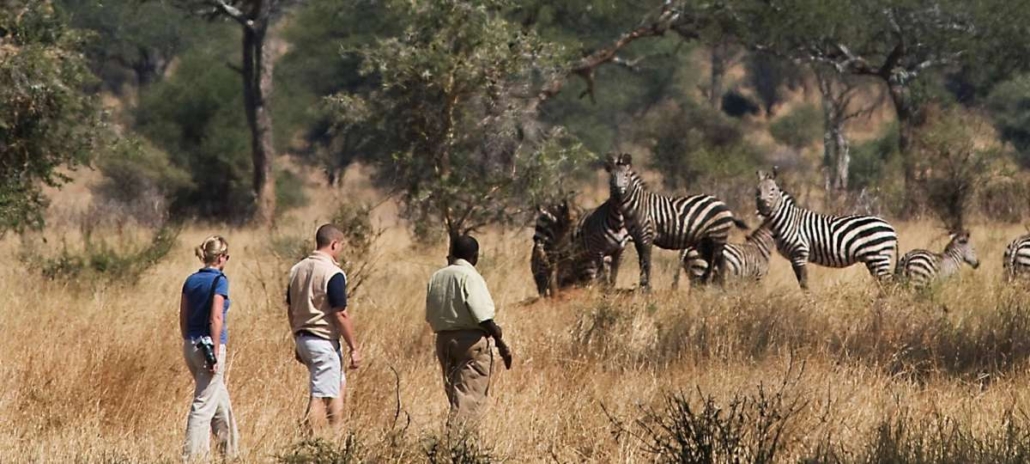
Archaeological tours
Ngorongoro conservation area comprises of many archeological sites which are visited on archeological tours, these sites include Olduvai Gorge and Laetoli footprint hosting traces of ancestors of human race. Olduvai Gorge is a cradle of mankind popular for hosting primitive remains of Homo sapiens, at Olduvai Gorge there is an Olduvai Gorge Museum consisting of one room dedicated to Oldupai and other dedicated to Laetoli displaying a collection of items discovered by Dr Leakey and his wife. Archaeological tours in Ngorongoro conservation area offers an encounter with fossil discovered in Olduvai Gorge by paleoanthropologists Louis Leakey and his Mary Leaky in 1950s.
Camping safaris
Ngorongoro conservation area is an exceptional destination for Tanzania camping safari, there are many designated camping sites used on camping safaris such as public campsite and special campsite and some of them are situated on the rim of Empakaai crater. Special campsites in Ngorongoro conservation area have facilities needed by campers such as food outlets and usually large in size, public campsites have less facilities such as toilets and showers and they are usually designated for backpackers. Camping safaris in Ngorongoro conservation area are booked at the Ngorongoro conservation area Authority headquarters.
Cultural tours
Cultural tours in Ngorongoro conservation area takes tourists on a visit to the fascinating Masai people, the Maasai people have unique culture which has been distracted by modernity and technology that is why they (Maasai people) are one of the best tribes to visit on A Tanzania cultural tour. The Masai communities hare boundaries with Ngorongoro conservation area and on a Tanzania cultural tour in their community, tourists will learn more about the cultural beliefs, traditions and norms of the Maasai people. Among other traditional activities to enjoy in Maasai community include touring the cultural Bomas, tryout local dishes, cattle rearing and local dressing in shukas and adorned by beautiful handmade ornaments such as huge colorful necklaces.
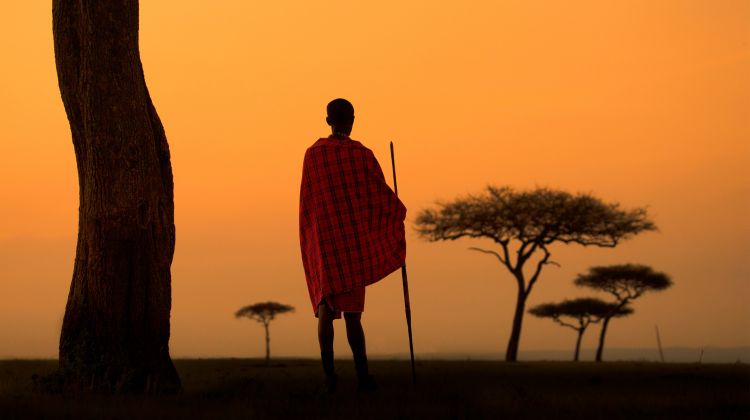
Where to stay in Ngorongoro conservation area
Accommodation in Ngorongoro conservation area is offered in a wide range of lodges and camps which are offered in 3 status that are Luxury, midrange and Budget. Accommodation in Ngorongoro conservation area include Ngorongoro crater lodge, Lemala Ngorongoro Tented camp, Ngorongoro Spa Lodge, Serena Ngorongoro Lodge, Ang’ata Ngorongoro camp, Neptune Ngorongoro Luxury lodge, Lion’s paw cam, Ngorongoro Forest Tented lodge, Hhando coffee lodge, Ngorongoro wildlife lodge, Ngorongoro Rhino lodge, Ngorongoro Oldeani Mountain Lodge and many more.
How to get to Ngorongoro conservation area
Getting to Ngorongoro conservation area is done using air and road means of transport, Ngorongoro conservation area is situated in in a distance of about 173 kilometers from Arusha a prominent tourism city in Tanzania. By use of road, a drive from Arusha city leads to Loduare Gate situated near the town of Karatu. There are also routes travelers can use to get to Ngorongoro conservation area from other destinations found in the northern safari circuit such as Serengeti national park, Lake Manyara national park and many more.
By air means of transport, direct flights and domestic chartered flights are offered to Ngorongoro conservation area, direct flights are offered to Kilimanjaro International Airport which is a gate way to Arusha town and it is situated in a distance pf 46 kilometers. From Kilimanjaro international airport you head to Arusha town for a domestic flight to Ngorongoro airstrip or to Lake Ndutu airstrip. Domestic chartered flights to Ngorongoro conservation area are offered by Air Tanzania, Precision Air, Regional Air, Zan Air, Safari Air Link and Coastal Aviation.


